Carp weighing at least 2.5-3kg are carefully prepared, bent on a small hammock that the people of Diec village (Hung Ha, Thai Binh ) "homemade" and then poured boiling fat continuously for 10-12 hours.
Carp "lying in hammocks" is a unique dish in Diec village (Tan Hoa commune, Hung Ha district, Thai Binh province) and often appears in the local elderly feast (old age ceremony), held on the 3rd day of Tet.
According to Diec village tradition, local men who turn 53 and 54 will hold a party to celebrate their old age. On this occasion, people will prepare a multi-tiered feast with typical dishes such as chicken, spring rolls, meatball soup, mung bean sweet soup, sticky rice, etc.
On the first floor, there is a plate of chicken arranged in a circle, a plate of spring rolls, a plate of sticky rice, 2 bowls of meatballs, 4 bowls of mung bean sweet soup. On the second floor, there is lean ham, flower ham... The carp dish "lying in a hammock" is placed in the most solemn position on the tray.
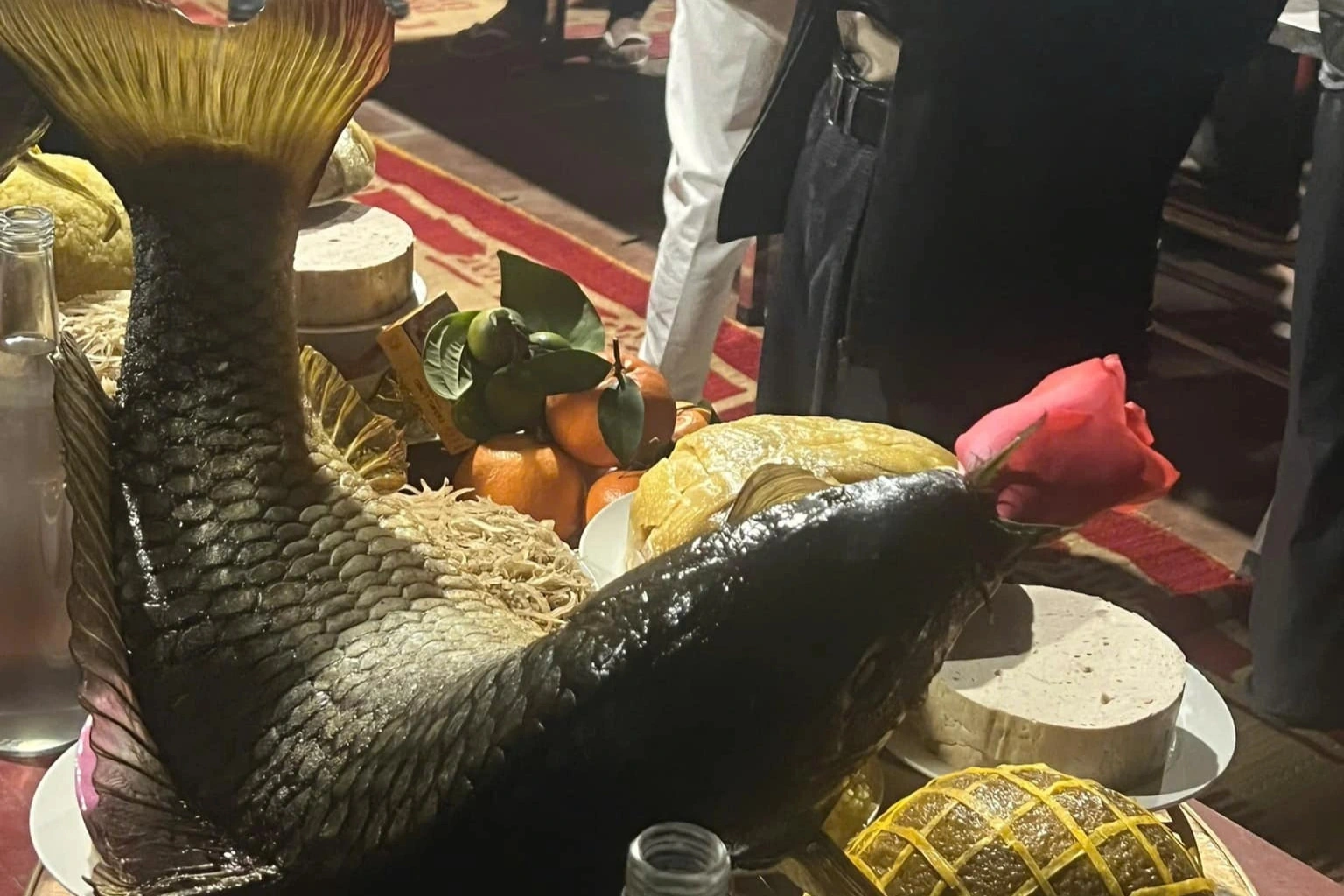
Sharing with VietNamNet reporter, Mr. Nhu Tiep (living in Diec village) said that "hammock-lying" carp is a sophisticated dish that requires a lot of time and effort to prepare.
To make standard "hammock-lying" carp, the owner must choose fresh carp, weighing at least 2.5-3kg and the body must be intact, without peeling scales or scratches.
After Tet, if someone in a family is going to be old next year, they usually buy a very healthy carp and raise it in a pond.
After a year of care, the fish are caught on the afternoon of the 30th of Tet. The owner will put the fish in a basin of clean water for 1-2 days to let them eliminate all the dirt before proceeding to "cutting" the fish.
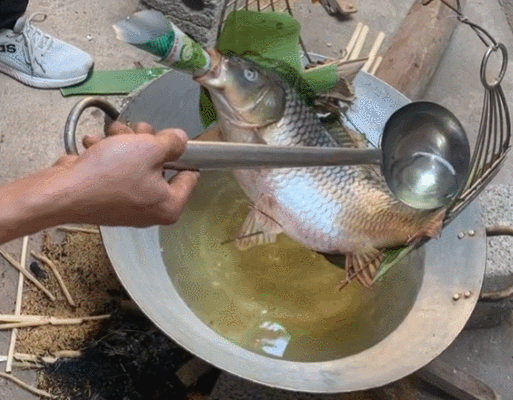
The carp is cleaned, gutted, and the intestines are removed, then stuffed with dried banana leaves and sewn up carefully. The fish must be intact, with the scales and tail still intact.
Then, the fish is placed on an iron or bamboo tool shaped like a hammock that people make themselves, fixed with typical bamboo or iron braces, and a pan of hot oil is placed underneath.
This step also requires meticulousness, avoiding the fish from falling apart during processing to ensure the aesthetics of the dish. When the fish is golden brown, people remove the hammock and place the finished product on a tray with all the dishes arranged.
"To cook the fish, Diec villagers must continuously pour fat or boiling oil over the fish for 8-10 hours, or even more, depending on the weight of the fish. This step is very important, requiring patience and skill, so that the fish retains its original appearance," said Mr. Tiep.
According to Diec villagers, a qualified "hammock-lying" carp must meet many criteria such as: yellow body, curved like a communal house roof; wide open mouth, even and golden scales; fish eyes must be intact.
If one of the above conditions is not met, the chef must re-process the fish and replace it with another fish.
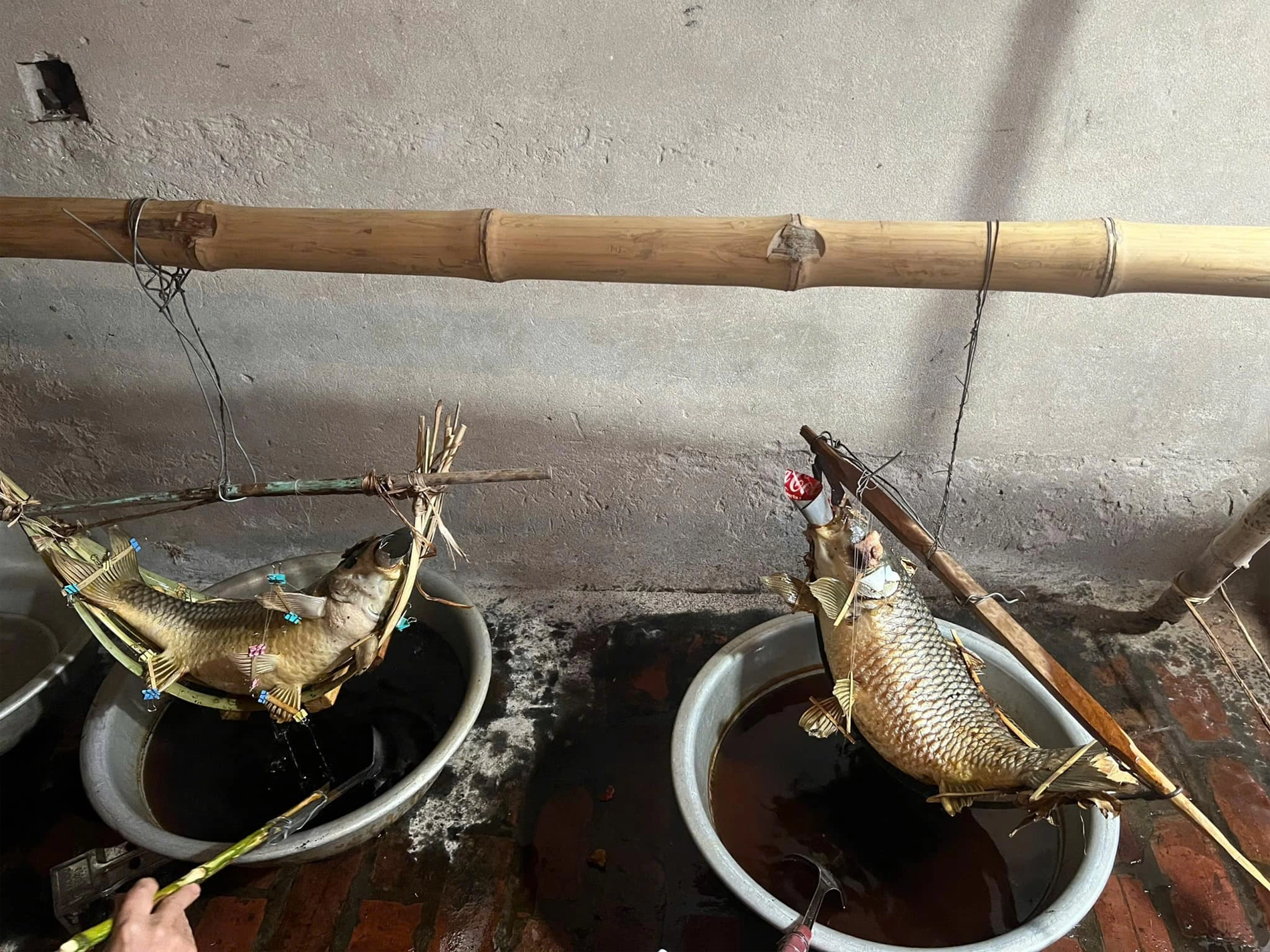
Mr. Tiep revealed that if you are not a Diec village boy, it is difficult for anyone to know the art of preparing this dish. It is not only an experience but also contains the culinary quintessence of a locality, preserved for many years.
This is also considered a wish for longevity and a long life from children, grandchildren, neighbors and acquaintances to the elderly.
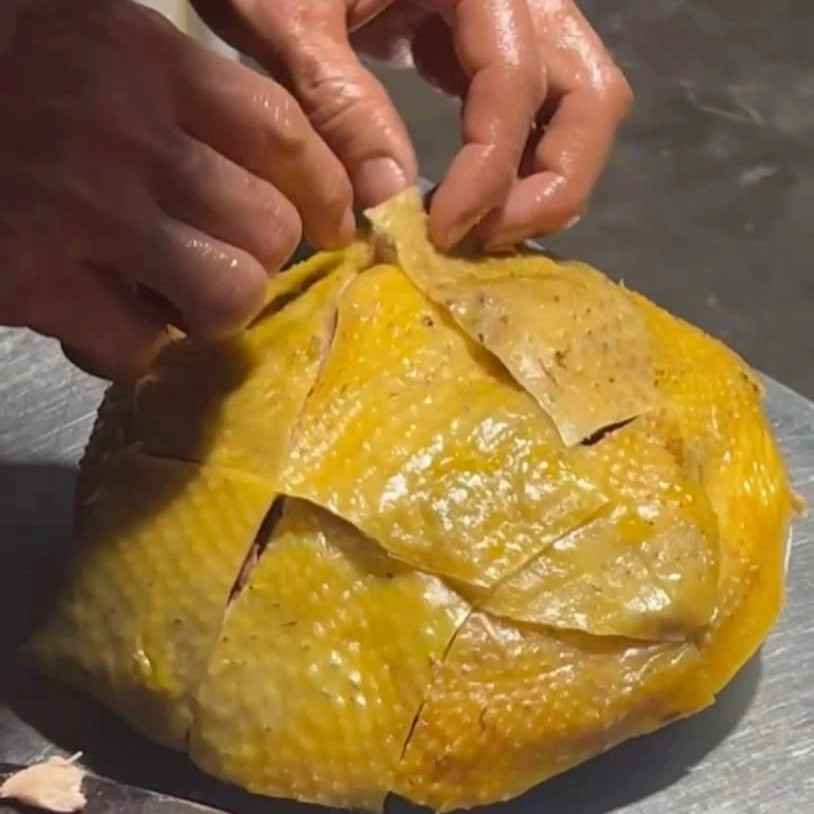
For Diec villagers, the elaborate dish of carp "lying in a hammock" not only shows respect to the elders but also becomes a source of pride and love for the traditional cuisine of their homeland Thai Binh.
In addition to the "hammock-lying" carp, on the Diec village's altar, there is also a boiled chicken dish that is equally attractive and elaborately prepared. After boiling, the chicken is deboned and cut into pieces. Experienced people will arrange and trim it into a beautiful round shape, which at first glance resembles a plate of sticky rice.

Source: https://vietnamnet.vn/mon-ca-chep-nam-vong-doc-la-o-thai-binh-che-bien-ky-cong-gan-nua-ngay-2368005.html










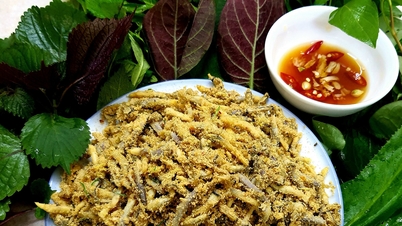
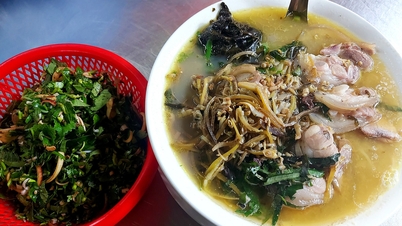



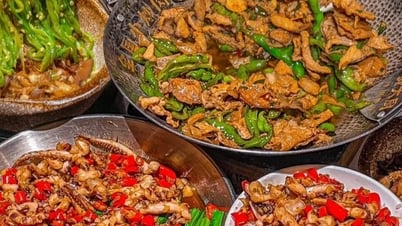





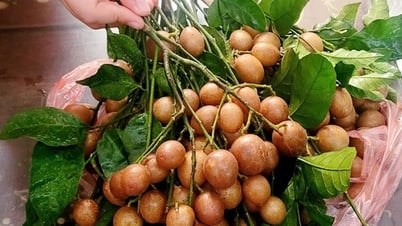



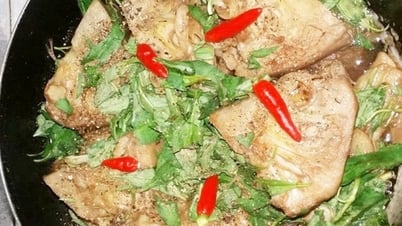










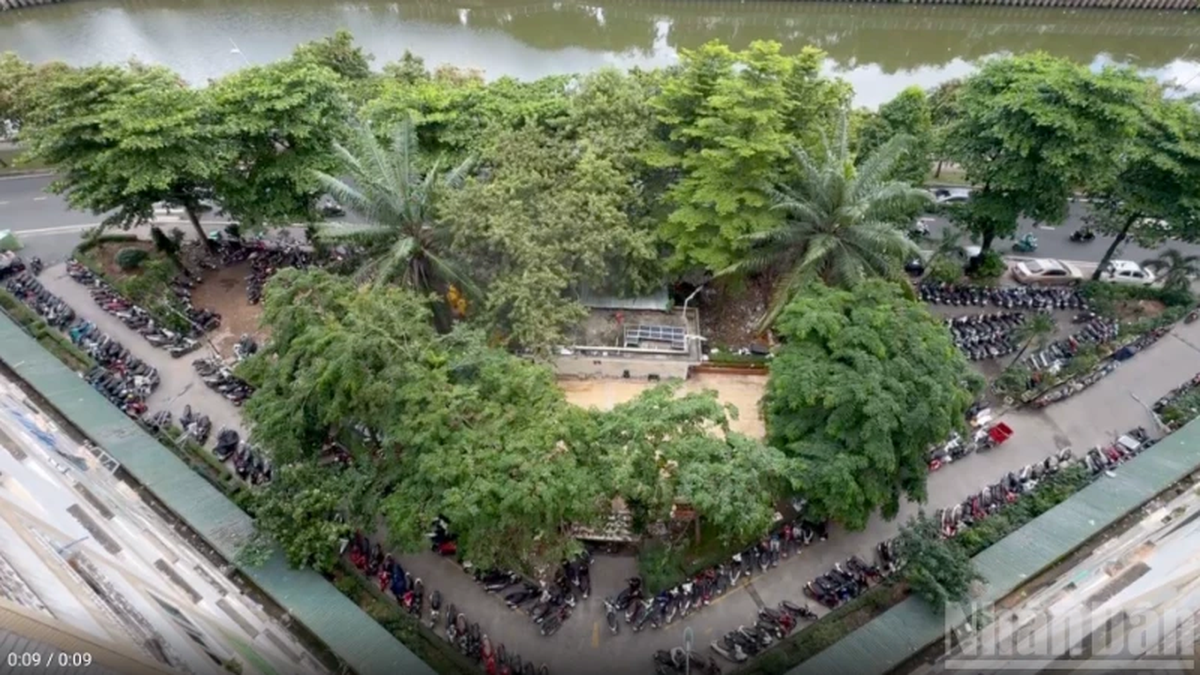
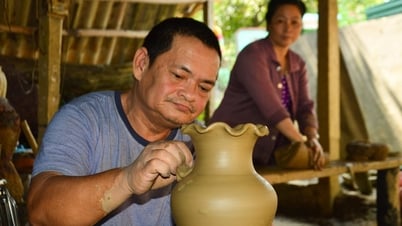




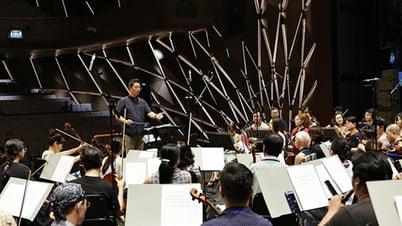


















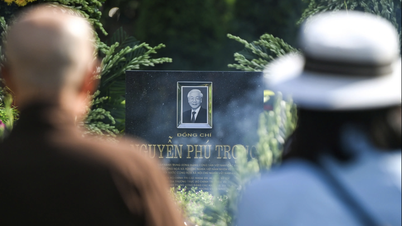













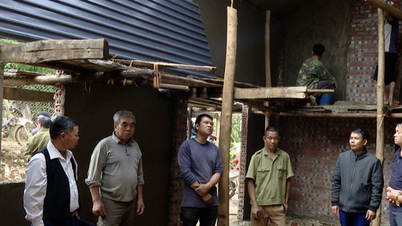








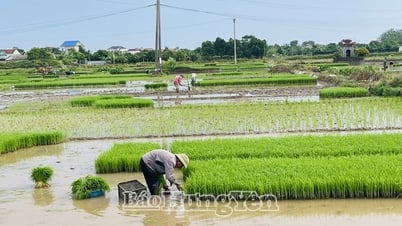

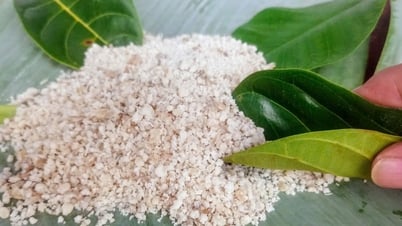


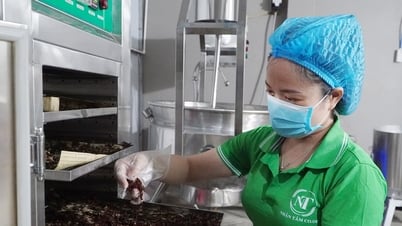


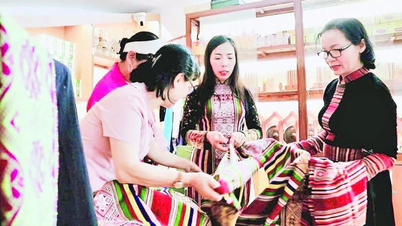



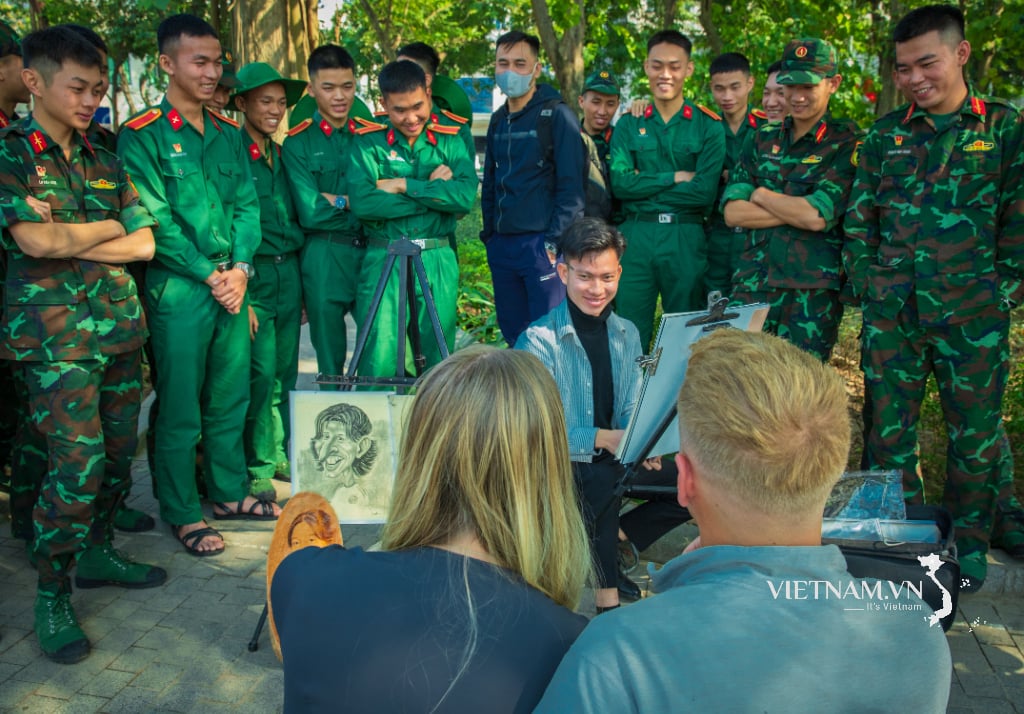
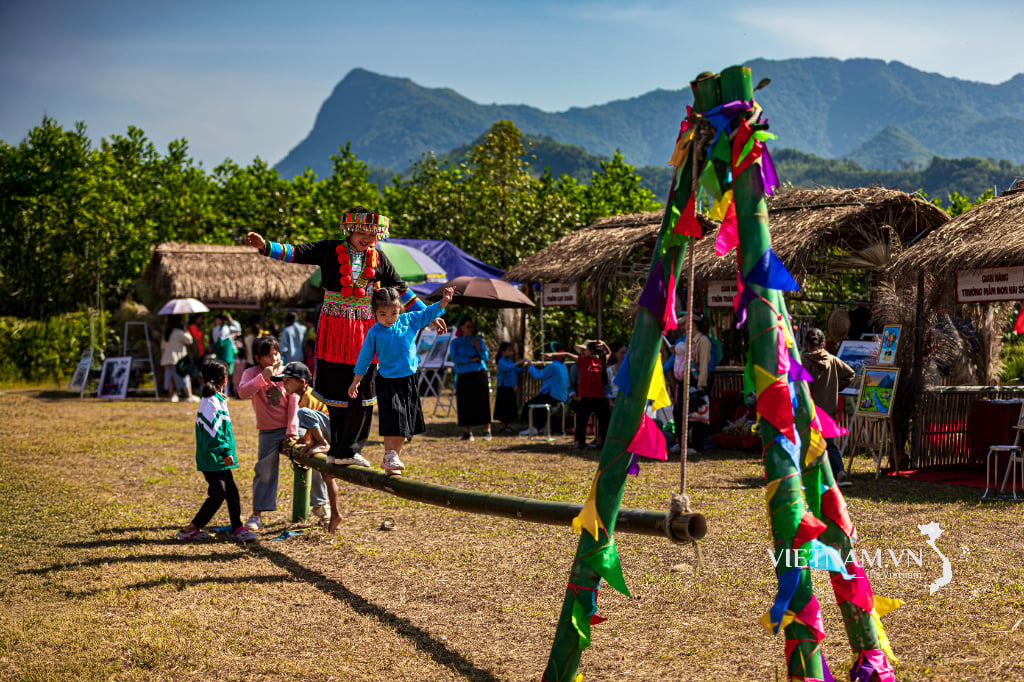


Comment (0)